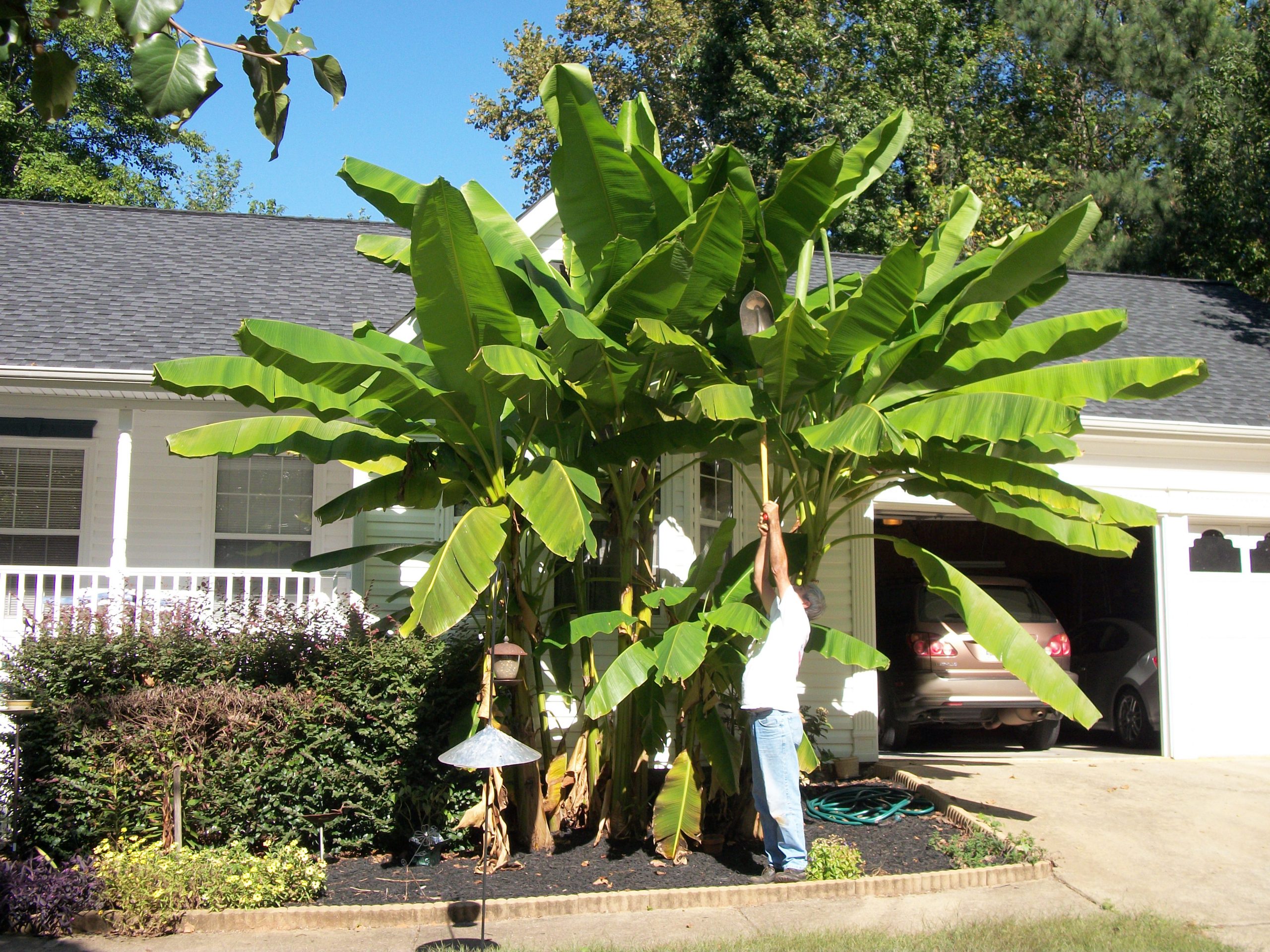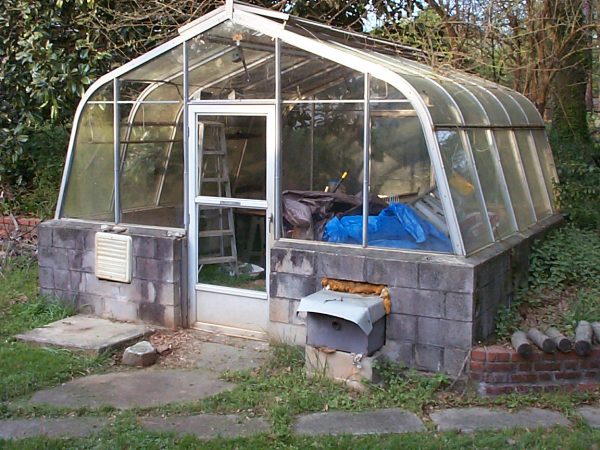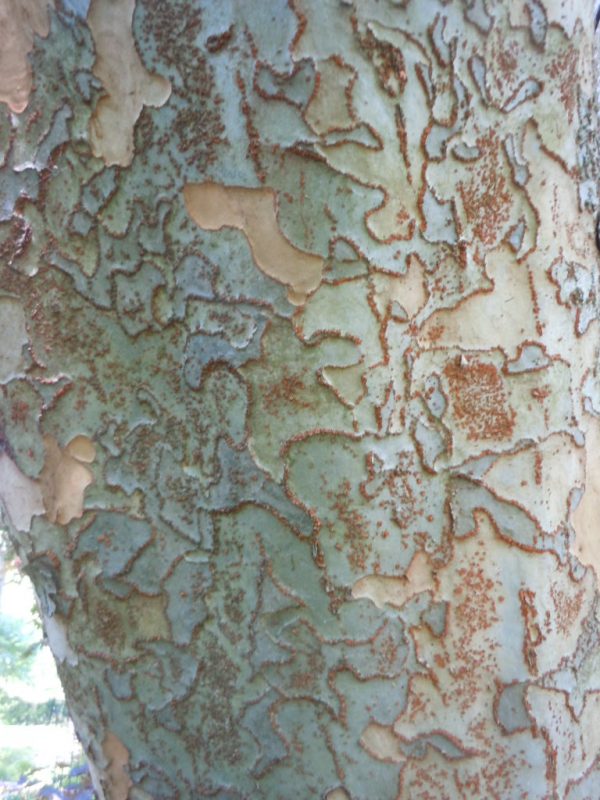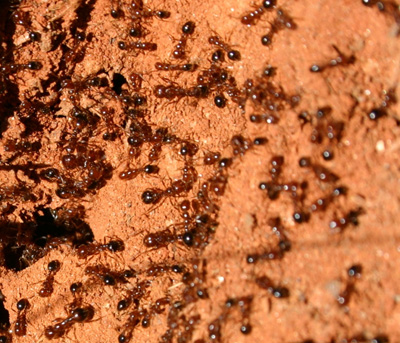Banana – Overwintering
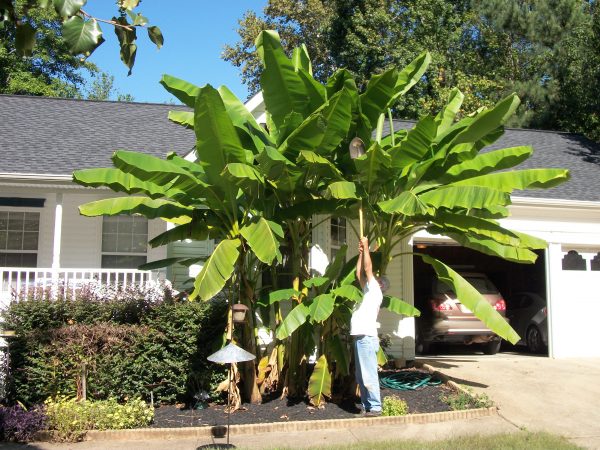
Given a mild winter and a sheltered location banana trees occasionally survive Atlanta winters untended. More often, the stem and roots turn to mush by spring. Gardeners who like the tropical look bananas afford but who don’t like the cost of replacing them every year can try a couple of methods to preserve them.
My friend Kathy Henderson recalls digging tall bananas with her family in fall and dragging the whole plant under the house, to rest beside the base of their fireplace. The marginal warmth there kept their bananas from harm. Some folks still insist on bringing their big plants into a basement or garage to protect them but I can attest from experience that it is a hugely messy and unwieldy process.
If the banana plants are in a spot that doesn’t get raked by frigid January winds, try protecting them in the landscape. Cut the stalk down to twelve inches from the ground and cover it with a discarded three-gallon plastic pot. Pile a thick layer of pine straw over the pot and keep your fingers crossed that temperatures don’t go lower than the ‘teens in winter. With luck the base of the trunk will survive and it will sprout new growth in late April.
Another option if the plant is not terribly big is to tie up the leaves with string, put it in a large pot and place it indoors by a sunny window. Water occasionally but don’t let the soil become soggy.
Probably the easiest way to overwinter a banana is to remove the daughter plants that usually sprout next to the base in fall. Each “pup” can be planted in a three gallon pot and kept as a houseplant until frost-free weather arrives next spring.
